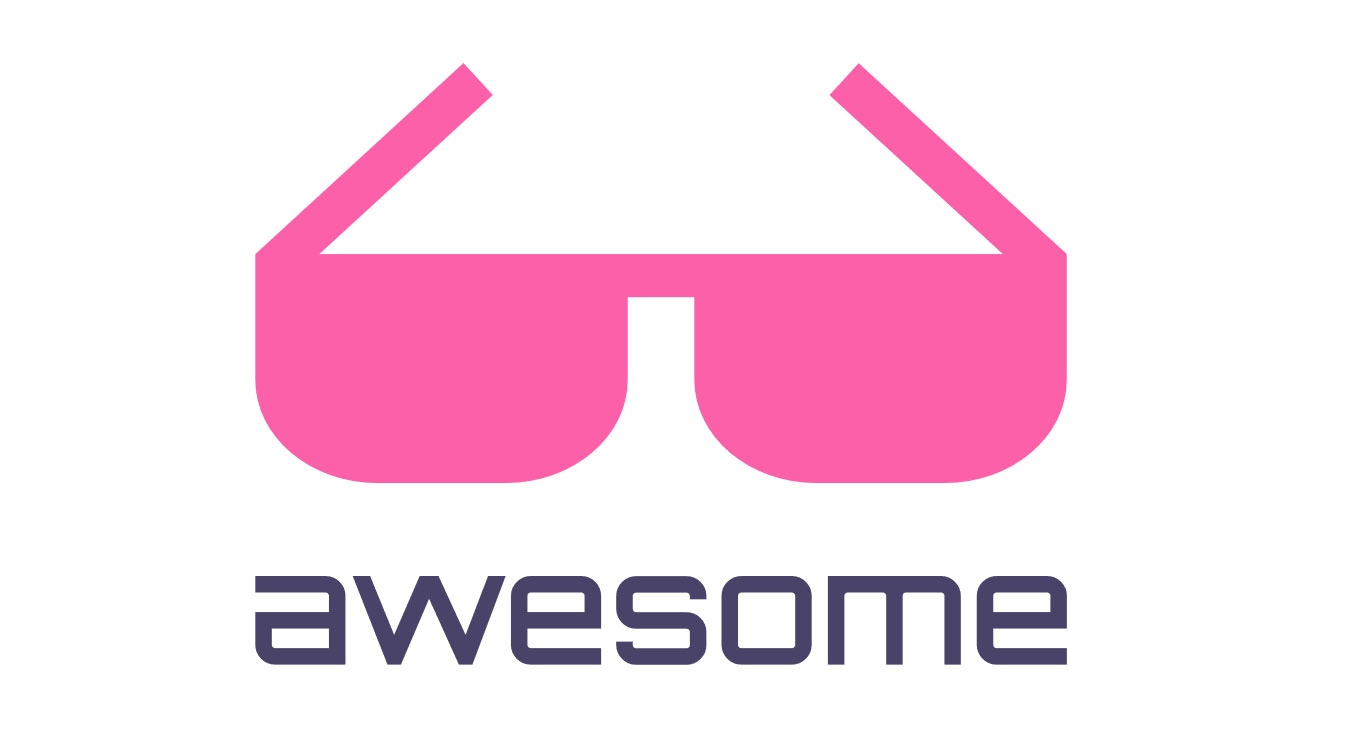How to get started with virtual reality? VR-Awesome can be the answer
Some of the most recurring questions on Quora or VR-related Reddit communities are:
- How do I get started with Virtual Reality?
- How do I learn Virtual Reality development?
- Where do I start if I want to become an expert in Virtual Reality?
- Where do I find great VR tutorials?
… and so on. There are a lot of people that each day enter this marvelous field of XR technology and want to know how to get started. Usually, we answer them pointing to various resources, like VR tutorials on Unity website, great blog posts about VR development (like this one made by VU-Dream) and news websites (like this one :D). It would be nice to have a place where every newbie can find a list of all such resources so that he can jumpstart his/her virtual reality adventure.
Actually, there is. VR enthusiast Enrico Speranza is maintaining such a list on GitHub. If you’re asking yourself “Why the hell GitHub?”, I can tell you that I asked myself the same question. Unable to find an answer, I asked directly him on facebook. He told me that “Awesome” is a traditional thing on GitHub. Whenever there’s some interesting topic (especially tech-oriented, but there are a lot of exceptions), someone on GitHub starts an “Awesome” repository and writes in the Readme.md file a list of all interesting articles on that subject that he/she knows. While he/she keeps updated that list, other people interested in that topic look for the “Awesome” repository and get started with it. Afterwards, whenever they find another resource worth sharing, they add it to the Readme.md file. This way the community keeps updated this incredible list of fundamental resources to learn a new topic, that can help anyone that wants to jumpstart his/her knowledge. I really love this approach.
Enrico told me that his adventure has started almost by chance: when he got his Vive, he looked immediately for an online “VR Awesome” repo, but he was deluded in finding that there were only 2-3 available, and they were very short and unsatisfactory. So he had the idea that if there was not an awesome-enough VR list, he would have created it! And so he did, opening the VR-Awesome repo on GitHub. He started adding links over time and with his much surprise, he noticed that various devs started using his list and also contributing to it! Someone also contacted him to compliment him on the work he’s doing. Awesome.

I’ve also asked him about how the update process works since on Github to update a repository it is necessary to fork the project and then do a “pull request” to let the administrator review and accept your modifications. He says that the process is exactly that one and that he knows that it is a process that non-techie people can’t understand. But for tech people, it is very easy, especially if you use the online editor: being only a text file to be edited, it is all straightforward. He reviews all the pull requests, but of course accepts all the modifications that add any value… even because if he behaved differently, people would fork the repository and migrate to a space with more freedom.
My opinion on this project is very positive. I’ve given a look to the VR-Awesome repo and I found there a lot of links, including:
- VR hardware
- VR accessories
- Game engines + tutorials to get started
- WebVR tutorials
- UX in VR articles
- VR books
- and much more!
There’s so much to read… an overwhelming list of links! And thanks to the contribution of the community it can only grow and get better! This is the reason why I love this project but at the same time, I think that it could be better. Having a list of links is fantastic, but if the list is too long and not properly organized, it leads to a lot of confusion. A complete newbie to this technology would be shocked by this monstrous list of links, and wouldn’t know where to start from. They’re divided into topics and the list is very tidy, but there is however too much to be read. There should be a guide telling readers where to start and providing a list of 5-10 resources to start from so that the user can enter in a guided way into the VR world and then decide from where to start going deeper. As I’ve said to Enrico, maybe a Wiki would have been a better approach… but there is not an “Awesome” tradition of wikis. Another problem is that being an opensource project with additions by random people, I’ve been able to spot some little errors and some important topics and names missing.

Anyway, these are little problems of a very well done project. If you or some friends of yours want to enter this amazing virtual reality world, my advice is having a look to this fantastic (sorry, awesome!) repository. If, instead, you’re a virtual reality expert, contribute to it, so that we can make it better and help the newbies have a great start in virtual reality. I myself am going to contribute to it after having written this post!
Let’s make VR awesome!
(… and please subscribe to my awesome VR newsletter using the form on the right… 😉 )
Disclaimer: this blog contains advertisement and affiliate links to sustain itself. If you click on an affiliate link, I'll be very happy because I'll earn a small commission on your purchase. You can find my boring full disclosure here.



